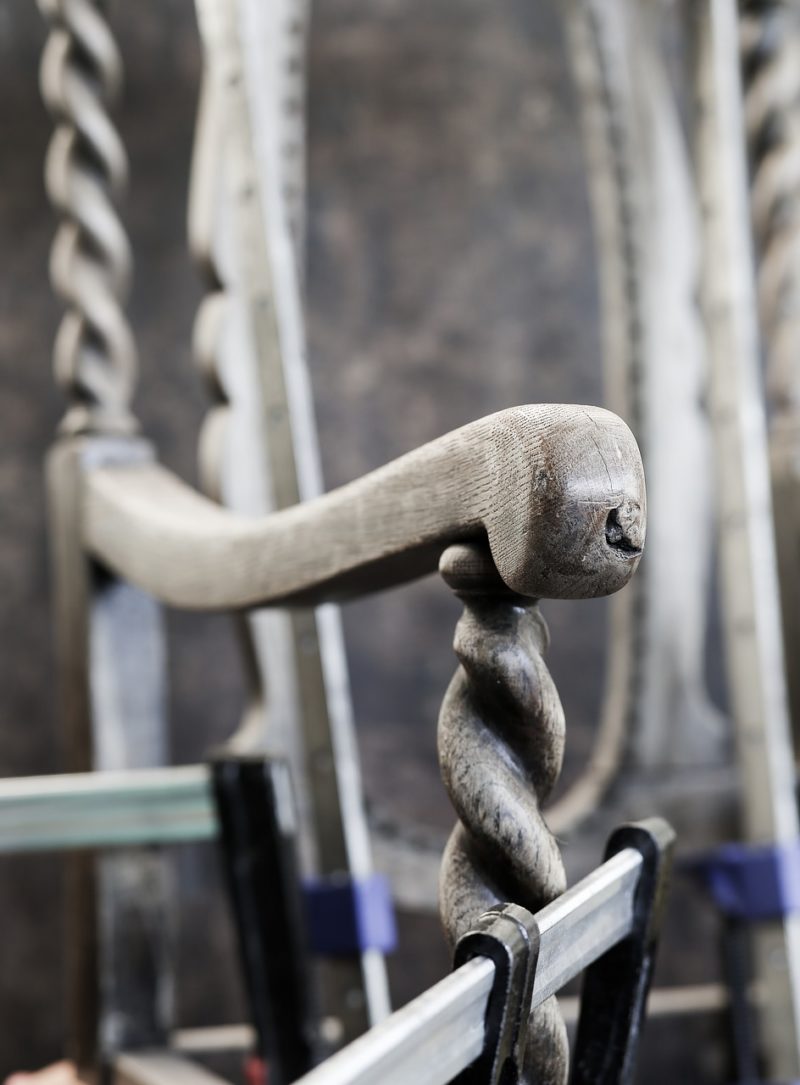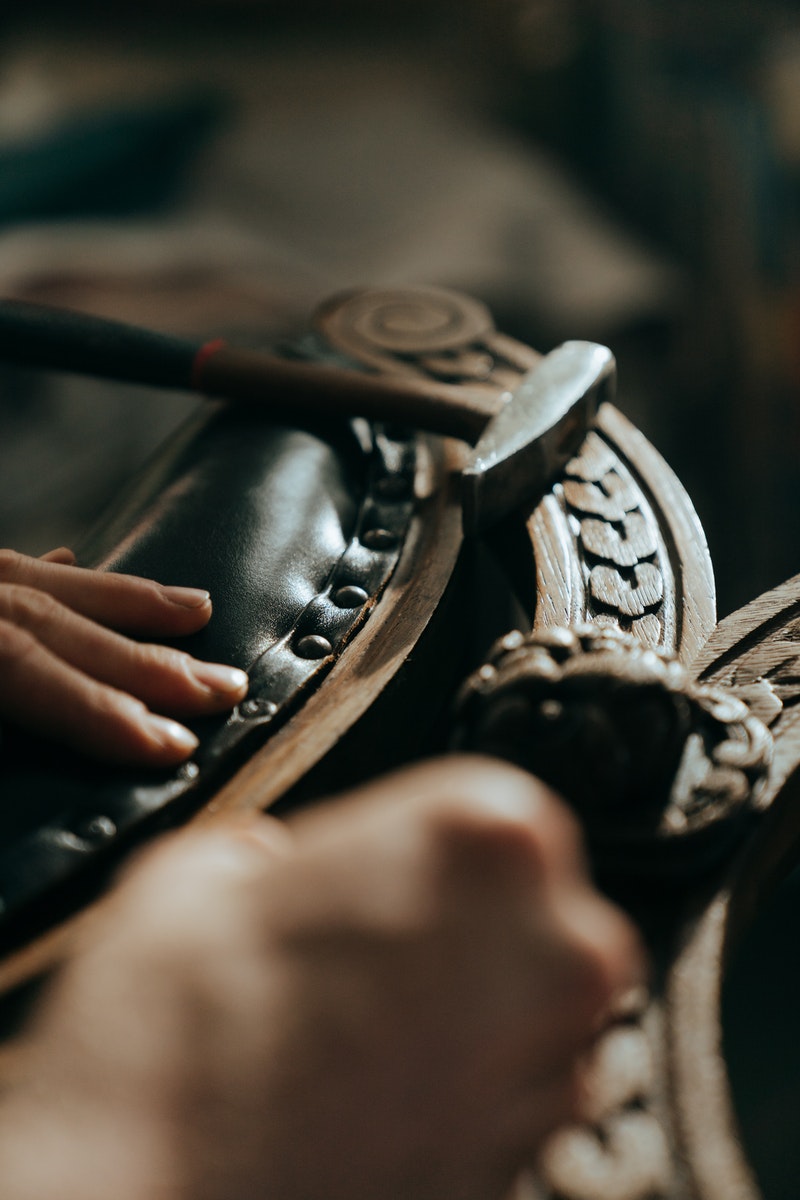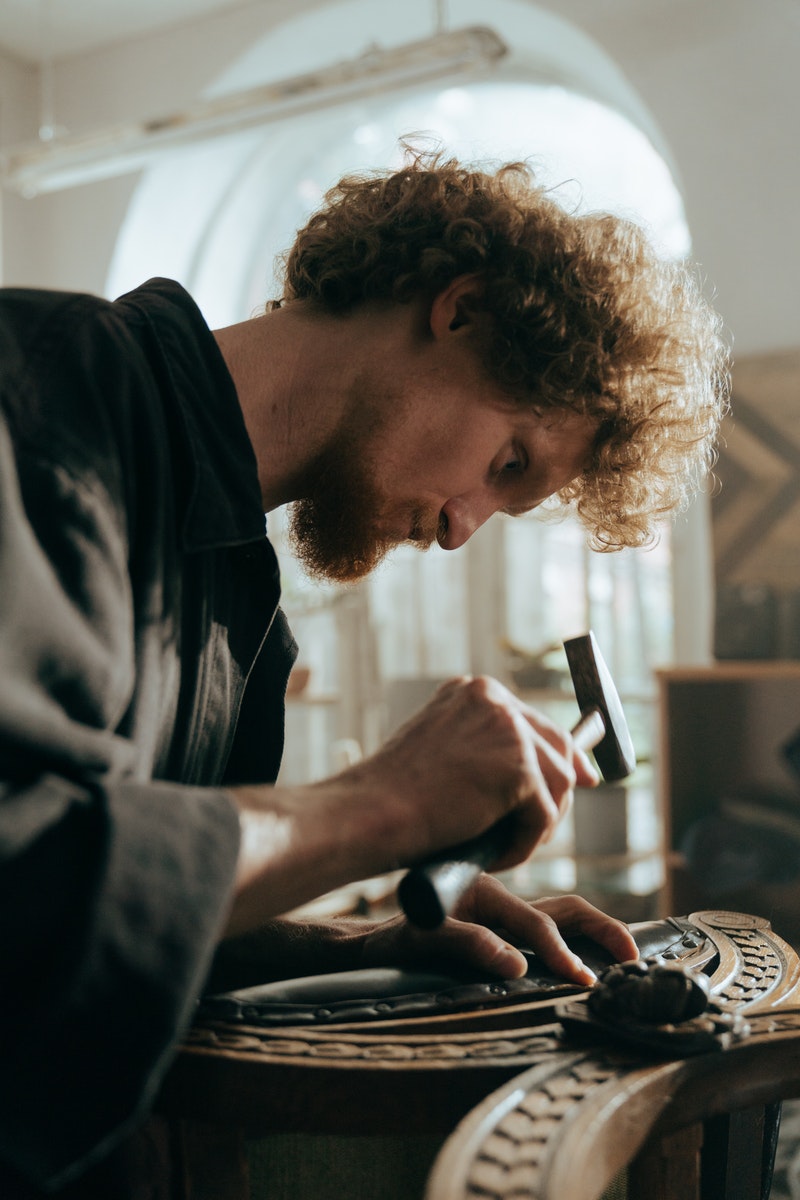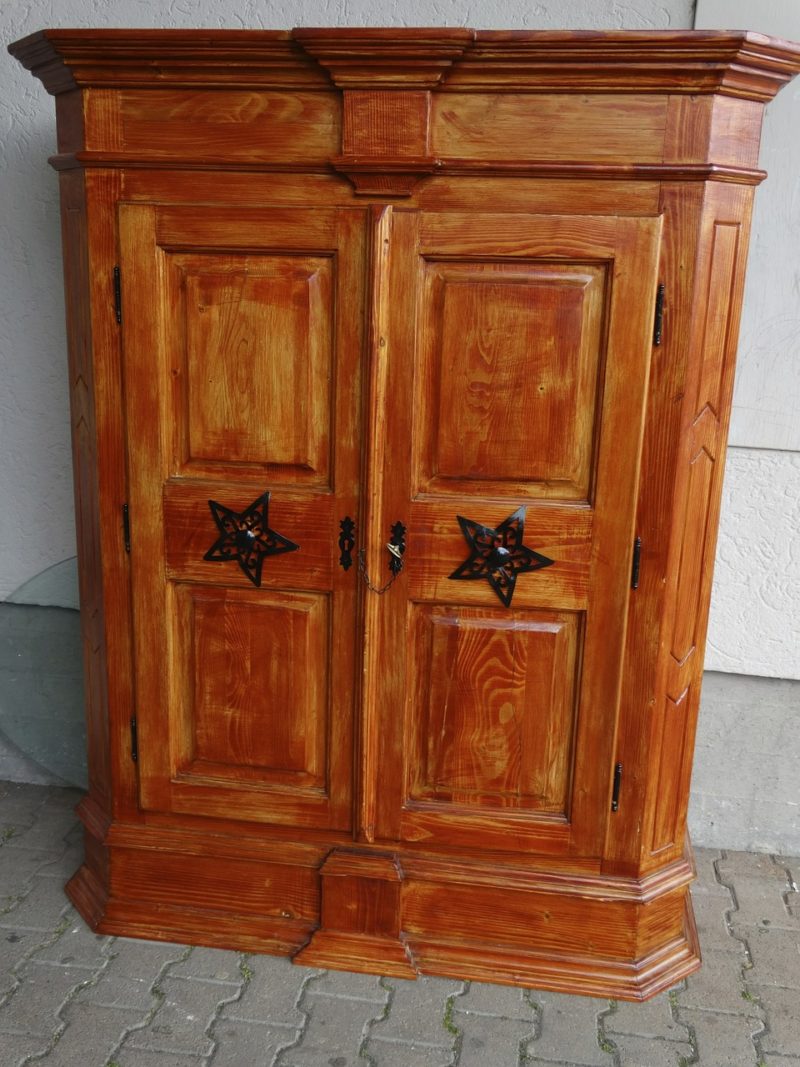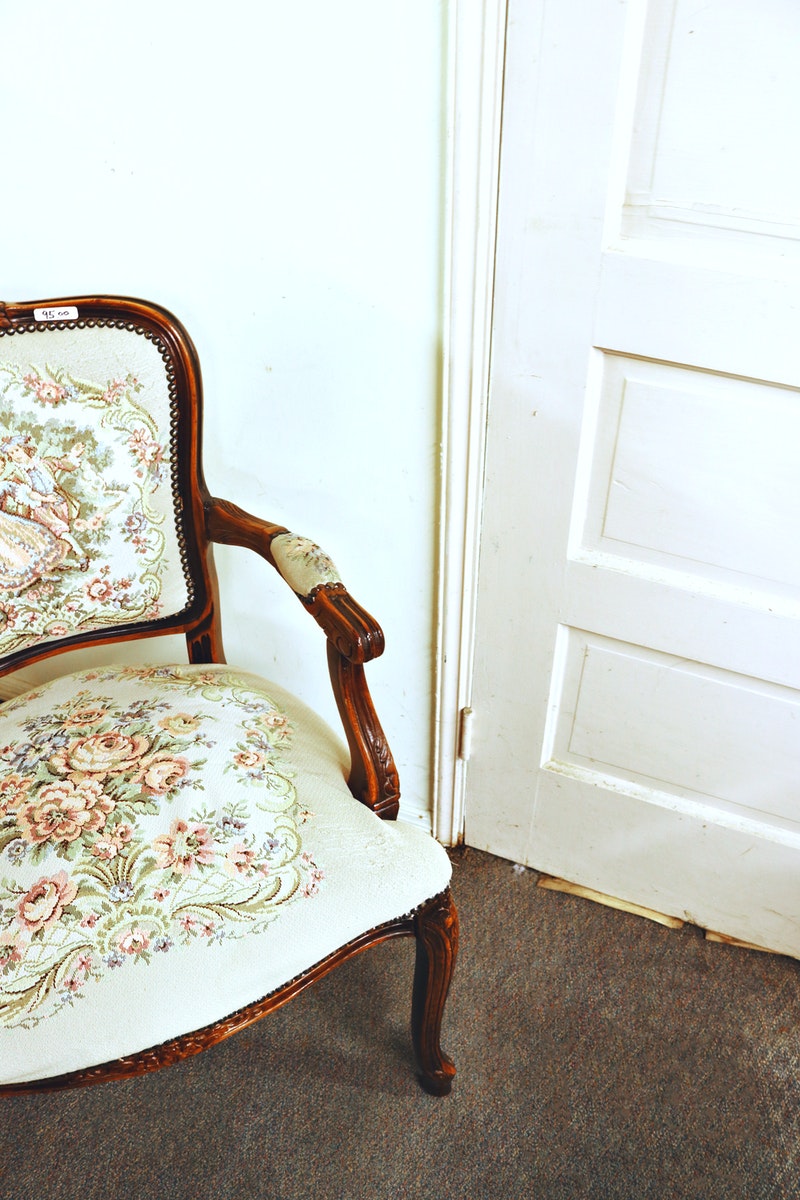4 Ways to Determine If a Furniture Piece Is Worth Restoring
Before you haul home a vintage or antique furniture piece to take a stab at restoration and make a big purchase at a home restoration store, make sure the project is worth tackling and if you have the dedication and skillset to do so.
Replacing the furniture hardware with period-style replica pieces is one thing, but knocking down and re-gluing takes professional expertise. Restoration experience aside, how do you know a piece will turn out as gorgeous as it once was? Here are four ways to determine if a furniture piece is worth restoring.
1. The Furniture Has Been Painted Over
If the furniture looks to be an older piece that has been painted over, it could be a telltale sign that there’s hidden damage beneath. What kind of damage? It could be anything from burn marks to water stains, but you’d only find out once you removed the coat of paint. If the piece is affordable and worth taking a chance, that’s great! However, you can also just seek out a piece that shows its wear beneath an older varnish, which would simply need to be stripped.
2. The Construction and Framework Is Solid
Another way to determine if a furniture piece is worth restoring is to evaluate its age. Furniture that was made around the 1950s and beyond was being mass-produced, which resulted in cut corners and less durable wood composite materials, such as particleboard and laminate. Generally speaking, a furniture piece is worth restoring if it was made before this era. It may have more hand-crafted touches like English dovetail joint construction and solid hardwood materials.
Along the same lines, you must also be cautious of much older furniture pieces made before 1850, which can be quite valuable. These types of furniture pieces are not for beginner restorers or restoration projects, as refinishing them could even decrease their value. At this level, seek out a professional who knows what they are doing!
3. Will Any Pieces Need to Be Re-Glued?
Determine if the furniture piece is worth restoring by giving it a good stability test. Basically, place your hands on the piece and rock it around. Be sure to wiggle any drawers, too. Essentially, you just want to see how rickety the furniture piece is to see if there are any pieces that may need to be taken apart and re-glued.
Sometimes, furniture will need to be knocked apart completely to remove old glue. But this is where it can get complicated and requires a professional, which can get costly depending on the size and construction of the piece.
4. Verify the Original Wood Type
If you are going through the effort of restoring a furniture piece, you might want to know what the end result might look like. And the best way to do so is to verify the wood type.
If a furniture piece appears to have seen some neglect, it can be hard to determine the original wood species in which it was constructed, making it challenging to know how the restoration will turn out.
However, there are easy ways to determine the wood type. One way is to scan the piece for an unstained, protected area. This could be anything from the back of a drawer front to a hard-to-reach interior surface. You might also determine the wood type by checking beneath a drop-leaf table.
From cherry to pine, each wood has different characteristics, so once you find a hidden spot, check out the natural wood grain to see if it’s something you like. Keep in mind that the older the wood grain, the darker your stain might become. Not sure how to determine the wood type? Here are some clues:
- Pine – Older pine wood furniture was immediately painted, which means you might not want to strip and refinish it. However, if you choose to do so, older pines give off a deeper, darker grain in a honey brown color, unlike new pines that have blonde or yellow tones.
- Maple – Maple was often used in furniture around 1892 through the 1920s. If the furniture piece has a prominent bird’s eye or tiger stripe pattern, this is almost certainly a maple wood, which you can assume will deliver a deep yellow tone when you refinish. However, if you find a retro furniture piece from the ’60s or ’70s era with a bold orange stain, you can strip it to achieve a light brown stain, giving it a more contemporary look.
- Oak – Victorian furniture used oak commonly, often at a quarter cut, which created unique flecking and even tiger-striped patterns. If you find old oak pieces, you can expect golden tones with strong woodgrains.
- Cherry – Overall, cherry is a smooth wood with a mild grain. These furniture pieces take on many stain varieties. However, since they take stain so well, older pieces will be darker even after they’ve been stripped.
- Walnut – Unlike other woods, walnut can become lighter over time. This means that your stain may not turn out as dark as you’d like and closer to its brown color. In fact, it can limit your range of tones.
- Mahogany – This wood tone has very deep red undertones, which you really can’t get away from. However, it’s a very strong and durable wood!
Other Restoration Considerations
A furniture restoration takes time and patience. However, there are also some other factors that might indicate just how long you’ll be spending on your project. As you determine if a furniture piece is worth restoring, consider the following extra steps and be honest with yourself about how involved or skilled you are to tackle the project.
- Ornate carvings and filigree – Staining these detailed areas takes time and dexterity.
- Spindles and slats – These details often require a spray gun to refinish and get into all the angles.
- Mismatched woods – This unexpected surprise will need a good eye to achieve a uniform look (or the willingness to accept the eclectic results).

